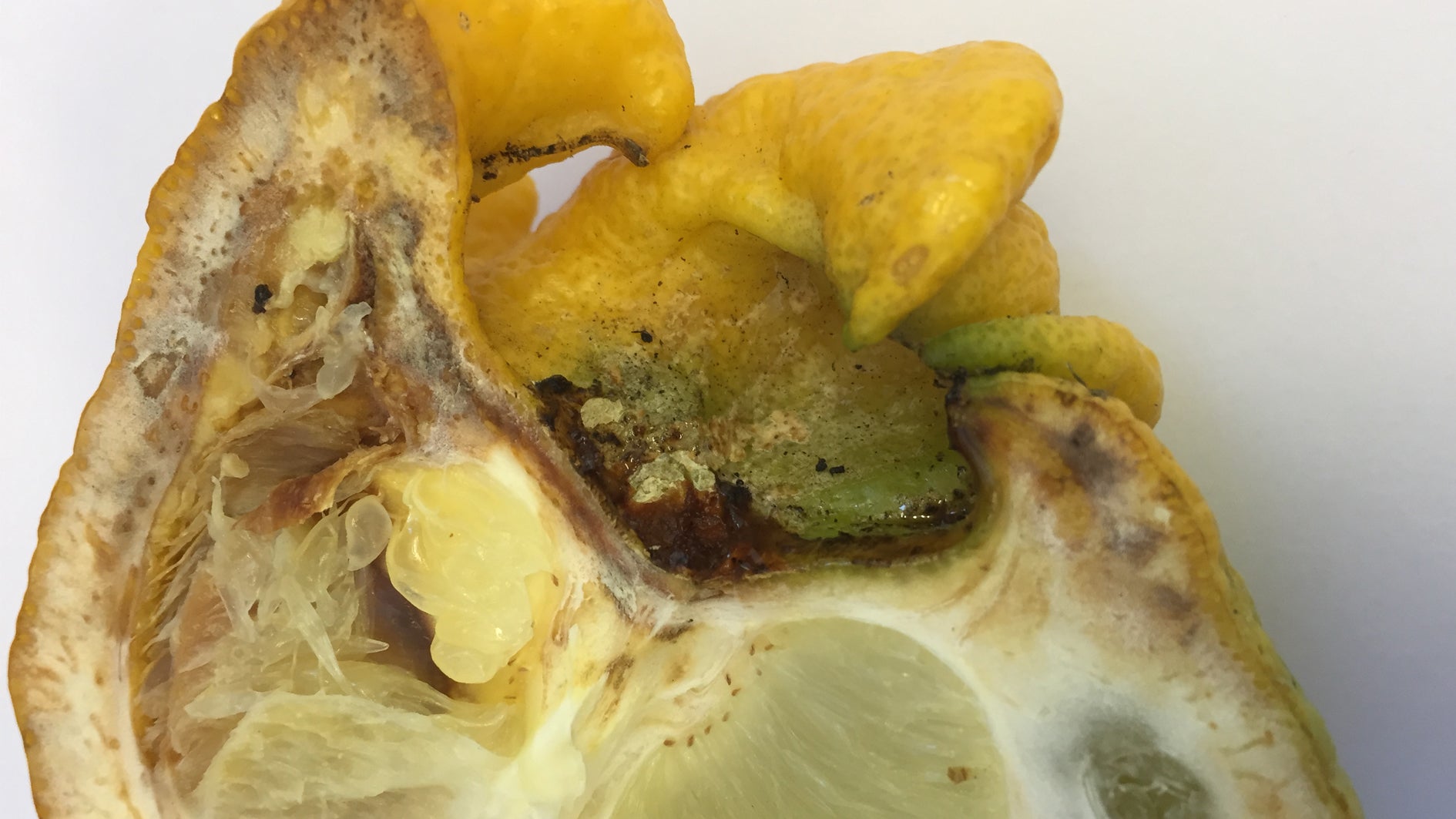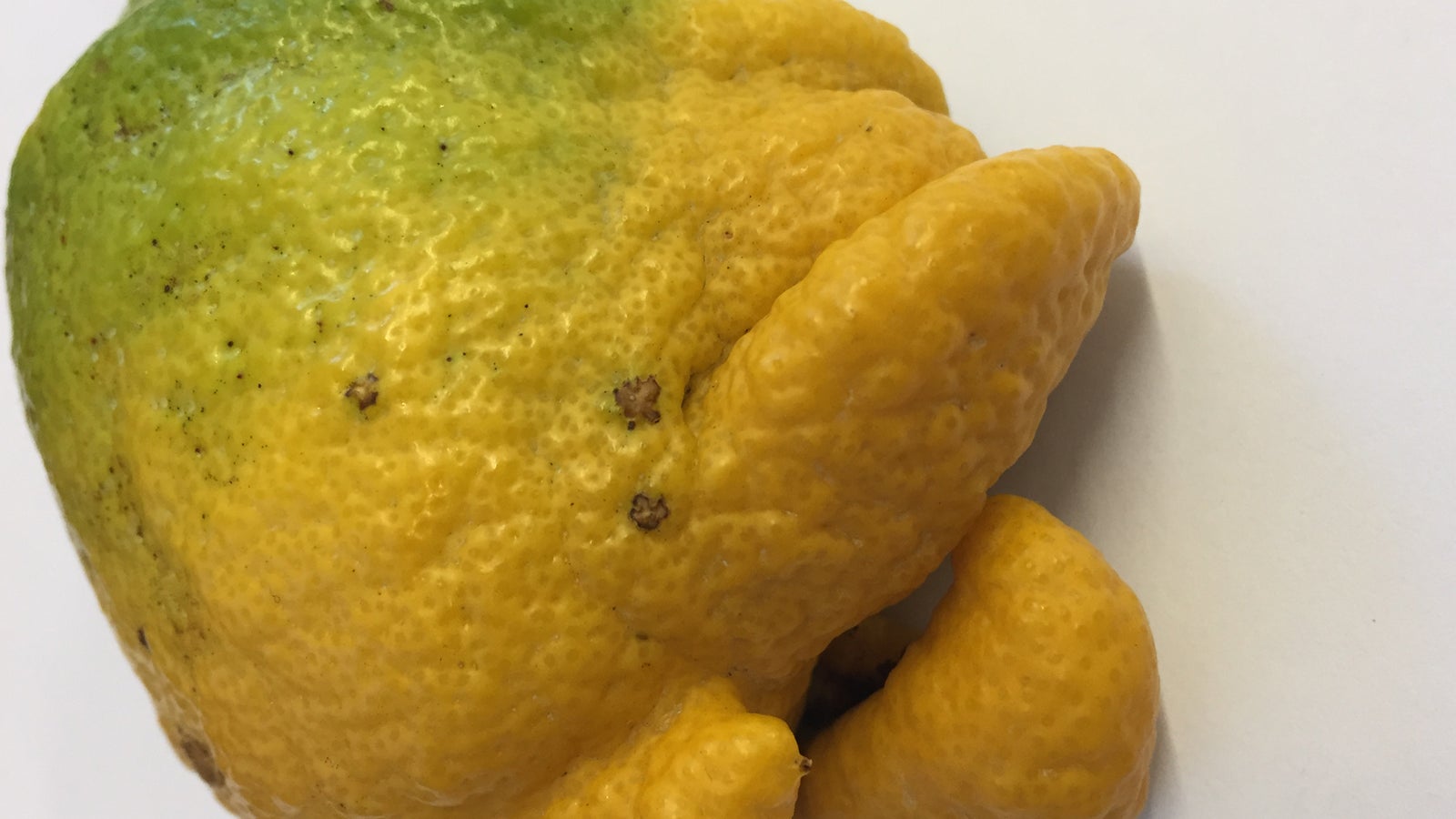
Citrus Mites
02 May, 2021
It is a worldwide pest that causes the deformation of citrus flowers, leaves and fruit.
The mites themselves are tiny, measuring approximately 0.15mm long, and are almost unrecognisable to the naked eye. When spotted, they are pink in colour and are most active in late spring to early autumn but will also overwinter on plants if not treated.
A single female will lay approximately 50 eggs in her life which will hatch between a 2-5 day period. Individual mites will live up to 10 days in summer and around 20 days in winter.
Deformation on fruit caused by citrus mites is easily recognisable due to its twisted skin. This makes a normal lemon look a little like a citrus ‘Bhuddahs Hand’, with abnormal growth at the bottom of the citrus fruit. When cut in half, parts of the fruit may be spoilt.
However, if the fruit is not spoilt it can still be eaten, although the skin is not good for zesting.
Prevention
Citrus mites are more attracted to weakened plants. Make sure you feed your citrus with Kings Citrus & Fruit Tree Food between spring and autumn, water deeply through the hotter months of the year.
Mulch with Tui Mulch & Feed well to help keep moisture within the soil.
Treatment
Once fruit is set, damage has already occurred and cannot be prevented or corrected. If a reduction in bud mite populations is desired, apply a miticide such as Mavrik 2 to 3 months before bloom.
Outside of flowering spraying with Aquaticus Bugtrol may offer some benefit as well.
When using sprays and chemicals always read the label and follow instructions carefully. Spray in the evening to avoid harming beneficial insects.
